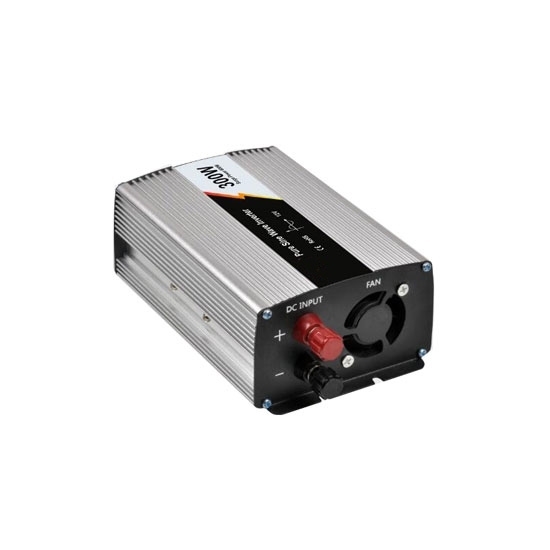Alternating Current (AC) power supply is used for almost all the residential, commercial and industrial needs. But the biggest issue with AC is that it cannot be stored for future use. So AC is converted into DC and then DC is stored in batteries and ultra-capacitors. And now whenever AC is needed, DC is again converted into AC to run the AC based appliances. So the device which converts DC into AC is called Inverter. The power inverter is used to convert DC to variable AC. This variation can be in the magnitude of voltage, number of phases, frequency or phase difference.
When the power inverter uses the battery, the battery voltage drops to 9.5V, and the power inverter will automatically shut down to ensure that the car can start normally and the battery will not be damaged.

The power inverter automatically realizes the battery protection function by means of the internal electronic circuit.
When the power inverter is in use, if there is a shutdown and an alarm, check the following items:
- Whether the power of the electrical appliances driven exceeds the rated power value of the inverter.
- Whether the power inverter is well connected with the battery and electrical appliances.
- If the machine stops during use, whether it is a temperature alarm, it can continue to be used if it is stopped for a period of time.
- Place the inverter on a reasonably flat surface, either horizontally or vertically.
- Keep the inverter dry. Do not expose it to rain or moisture. DO NOT operate the inverter if you, the inverter, the device being operated, or any other surfaces that may come in contact with any power source are wet. Water and many other liquids can conduct electricity which may lead to serious injury or death.
When using the power inverter, pay attention to the voltage value of the battery power supply system, and read the manual carefully before use.
It is necessary to distinguish the power of the inverter. In extreme cases, there may be occasional cases of overheating or even burning even when it is used at rated power.
